November, 1931
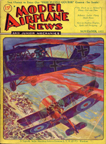
Sopwith Snipe versus L.V.G. C.V
Model Airplane News Cover Art for November, 1931
by Jo Kotula
Click to Enlarge
SOPWITH SNIPE
Click here for the LVG C-V
The Sopwith 7F.1 Snipe was a British single-seat biplane fighter of the Royal Air Force (RAF) designed and built by the Sopwith Aviation Company.
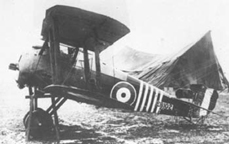
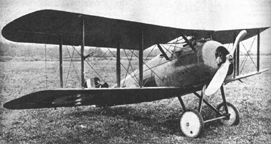
Sopwith 7F.1 "Snipe"
Click to Enlarge
Prototype Snipes had a number of minor technical problems. In particular, maximum speed was initially well below expectations. In fact, the Snipe was never a fast aeroplane, even for its day. This was because he Snipe's structure was heavier, but much stronger, than earlier Sopwith fighters. Although not a fast aircraft for 1918, it was very maneuverable, and much easier to handle than the Camel, with a superior view from the cockpit - especially forwards and upwards. The Snipe also had a superior rate of climb, and much better high-altitude performance compared to its predecessor, allowing it to fight Germany's newer fighters on more equal terms. Further modifications were made to the Snipe during the war and post-war. The Snipe was built around the Bentley BR2 engine - the last rotary to be used by the RAF. It had a maximum speed of 121 mph at 10,000 ft compared with the Camel's 115 mph at the same altitude and an endurance of three hours. Its fixed armament consisted of two 0.303 Vickers machine guns on the cowling, and it was also able to carry up to four 25 lb (11 kg) bombs for ground attack work. The design allowed for a single Lewis gun to be mounted on the centre section in a similar manner to those carried by the Dolphin.
The Snipe began production in 1918, with more than 4,500 being ordered. Production ended in 1919, with just under 500 being built, Selected as the standard postwar single-seat fighter of the RAF, the last Snipes were retired by that service in 1926.
Click Here for more information about the Sopwith 7F.1 "Snipe".
L.V.G CV
Click here for the SOPWITH SNIPE
Luftverkehrsgesellschaft m.b.H. (L.V.G. or LVG "The Air Commerce Company") was a German aircraft manufacturer based in Berlin-Johannisthal, which began constructing aircraft in 1912. The LVG C.V was a reconnaissance aircraft produced in large numbers in Germany during World War I. It was a conventional two-bay biplane design of its day, with unstaggered wings of equal span and tandem, open cockpits for the pilot and observer. The fuselage was a semi-monocoque construction skinned in wood.
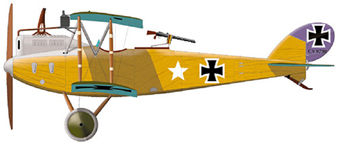
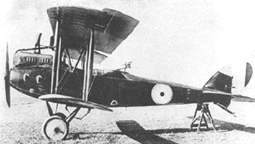
LVG C.V
Click to Enlarge
In its most noteworth performance,a lone LVG C.V conducted a raid on London in 1916. It dropped its bombs near London Victoria station, but was shot down by French anti-aircraft gunners on its way home.Following the war, some C.Vs were used as civil transports, while some 150 planes captured by Polish forces were put to use by the Polish army. Other post-war users included Russia, Latvia, Lithuania, and Estonia; together operating about 30 aircraft.
Click Here for more information about the LVG C.V.

Click to go back and select another cover.
Counter for the Entire Site (not just this page..)
Home | About Lindy | Last Week's Reviews | Upcoming Events | 1940s Collecibles
The Guide - Establishments - Travel - Accessories
Music | Links | Photo Gallery | Extras | Contact